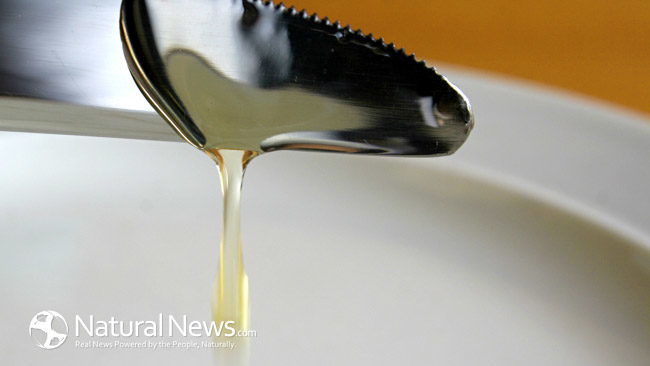Food today, is no different from a culture. It is no longer a means to only staying alive and healthy, but also a business, a fad, an emotional pacifier, and in several ways a silent killer! Much of what we eat is not really as wholesome and as nutritious as we think. The “taste” factor is given so much of importance that the very purpose of “food” being an agent of nourishment often gets defeated. No matter how hard we try to ensure that our food is free of additives we invariably end up knowingly or unknowingly consuming foodstuff that are storehouses of harmful additives.
One such extensively used food additive is high fructose corn syrup (HFCS). This derivative is added mostly in processed and manufactured foods such as bakery products, soft drinks, toffees and candies, ice creams, and artificially flavored sweets.
HFCS is a popular ingredient amongst food and beverage manufacturers since it is highly economical. It is mostly used as a sweetener in place of sugar, since the latter is an expensive choice for manufacturers. The sweetness offered by HFCS is greater than that of sugar and a smaller quantity of the former provides the same sweetness as against a larger quantity of the latter. Furthermore, HFCS blends extremely well in bakery products, candies and toffees, soft drinks, carbonated beverages, jams, and even dairy-based foods.
How Does High Fructose Corn Syrup Affect the Human Body?
Here’s how: Sucrose, glucose, and fructose are essential carbohydrates which are nothing but simple sugars. In terms of taste, they are no different and provide the same amount of energy per gram. However, the difference lies in the way in which these components are processed by the human body. The body’s reaction to glucose is by far the best and ideal. Glucose is consumed by the body as energy and the surplus glucose is stored in muscle cells or in the liver as fat, which is essentially meant for future use as and when the need arises. Sucrose is a combination of fructose and glucose.
Free fructose is present in fruits and vegetables. This is natural form of fructose which is easily broken down in the human body and exhibits negligible side effects. The harmful fructose however, being discussed in this article, is the one that is artificially produced via the hydrolysis of glucose. HFCS is mostly treated as fat by the body since it finds it challenging to metabolize the same as against the other simple sugars. Furthermore, the fructose contained in HFCS mostly gets directed to the liver since it can only be metabolized there. This in a way slows down and blocks the paths of the metabolic processes carried out by the liver. As a result, the liver gets accumulated with harmful fat, the adverse effects of which manifest in the most undesirable of ways in the long run.
How Does One Limit the Intake of HFCS?
As is evident so far, excessive dietary intake of fructose increases one’s chance of developing metabolic disorders, cardiovascular anomalies, obesity, hypertension, high levels of uric acid in the body, and diabetes.
One of the best ways of minimizing the intake of HFCS is by getting to know the food products to which it is added. Before we open a packet of chips or some tantalizing snack, let’s just turn it around and read the literature on it, and see the ingredients contained in it. It is best to avoid carbonated drinks and packed fruit juices since these contain huge quantities of HFCS. One can always consider replacing these unhealthy beverage options with healthier ones such as herbal and green teas and sparkling water. Reducing the intake of processed table sugar can also be a conscious effort at limiting the levels of artificial fructose in the body.
It is a point worth noting that majority of the packed foodstuff and beverages that we consume today contain high levels of HFCS. So, one of the best ways of staying away from such foods and thereby avoiding their harmful effects is by opting for unpacked fresh foods that are not loaded with preservatives and additives.
Sources:
http://www.fda.gov/Food/IngredientsPackagingLabeling/FoodAdditivesIngredients/ucm324856.htm
http://ajcn.nutrition.org/content/88/6/1716S.full
http://www.mercola.com/Downloads/bonus/danger-of-corn-syrup/report.aspx
About the Author
Sanjana Roy is a content writer with Transparency Market Research, a market intelligence firm based in the U.S. While her job profile entails writing on various global industry segments, her area of interest is food and beverages. She is especially interested in exploring trend-setting ideas that will define the food industry of the future, with a focus on health issues, new consumption trends and patterns, and the “food culture” that prevails today.





